Bohag Bihu Festival Information: The Rongali Bihu is the most important among all the three Bihus. As it falls on the Assamese month of Bohag, it is also called the Bohag Bihu. This Bihu falls in the middle of April during the beginning of the Assamese month Bohag. It is celebrated to mark the beginning of the agricultural season. The Assamese New Year also starts with this Bihu. Rongali Bihu is celebrated by most of the races that inhabit in Assam in their own colors and names. It is the most popular Bihu that celebrates the onset of the Assamese New Year (around April 15) and the coming of spring.
Bohag Bihu Festival Information
Parallels of Bihu among the other races and tribes of Assam are Baisagu for Bodo Kacharis, Baikhu for Rabhas, Ali- Ai -Ligang for Misings, Bohhaggio Bishu for Deoris. Contemporaries of Magh Bihu are Nara-siga Bihu of Miring, Pushy Par or Tushu Puja of tea tribe of Assam. Other community festivals of Assam are Rongker of Karbis, Rajini Gabra and Harni Gabra of Dimasa tribe. The Bohag Bihu is celebrated in different other forms in different parts of India. In Punjab, it is celebrated as ‘Baisakhi‘ and likewise other places have other forms.
The Rongali Bihu is celebrated for around a month with different festivities going on throughout the Bohag month. The people celebrate this festival with merriment and joy. The feasting starts and farmers prepare the fields for cultivation of paddy. Delicacies like pitha, laru, jolpan (traditional food made predominantly with rice) are prepared by the womenfolk. Rongali Bihu is a time of merriment and feasting and continues, in general, for seven days.
Goru Bihu
The first day of the Rongali Bihu is the Goru or Cow Bihu. On this day, the cows are washed and worshiped. This day falls on the last day of the previous year, usually on April 14. The cattle are smeared with turmeric paste, bathed in rivers and canals and are the let to stray. The cattle are washed, smeared with ground turmeric and other pastes, struck with sprigs of dighalati and makhiyati and endeared to be healthy and productive. A hearty meal of gourd and brinjal is fed to the cows, while singing the Assamese traditional song (lao kha, bengena kha, bosore bosore barhi ja / maar xoru, baper xoru, toi hobi bor bor goru) which means eat gourd, eat brinjal, grow from year to year / your mother is small, your father is small, but you be a large one).
In the evening when the cows return home, the old cattle bindings are cast away and new ropes are used. They are worshiped and well fed on that day. The Goru Bihu or cattle worship rites are observed on the last day of the year. The rationale behind the worshiping of cows is very simple. They are the greatest assets of a farmer because not only do they produce milk but also help plough fields, transport men, crop and so on.
 Kids Portal For Parents India Kids Network
Kids Portal For Parents India Kids Network
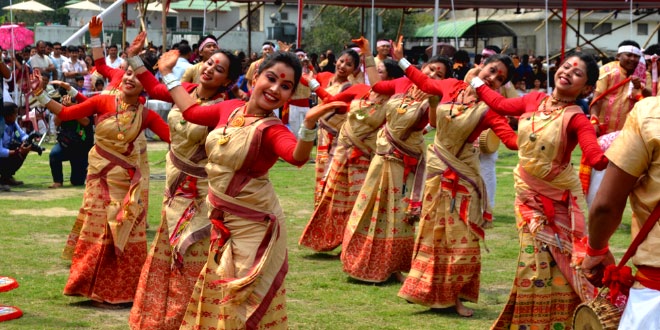

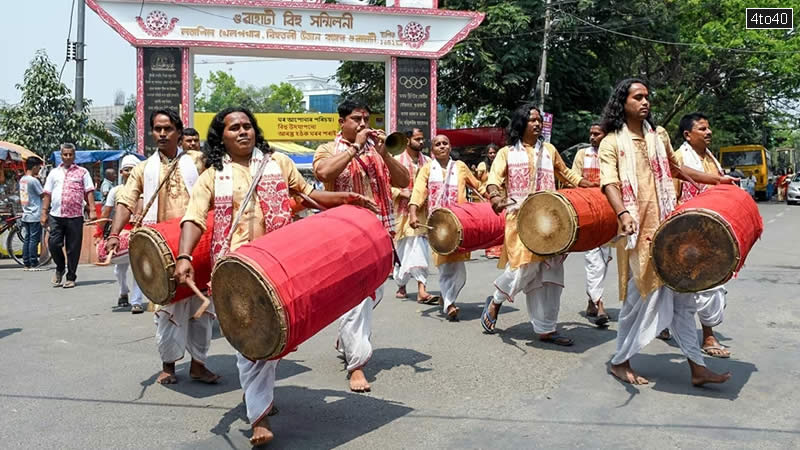
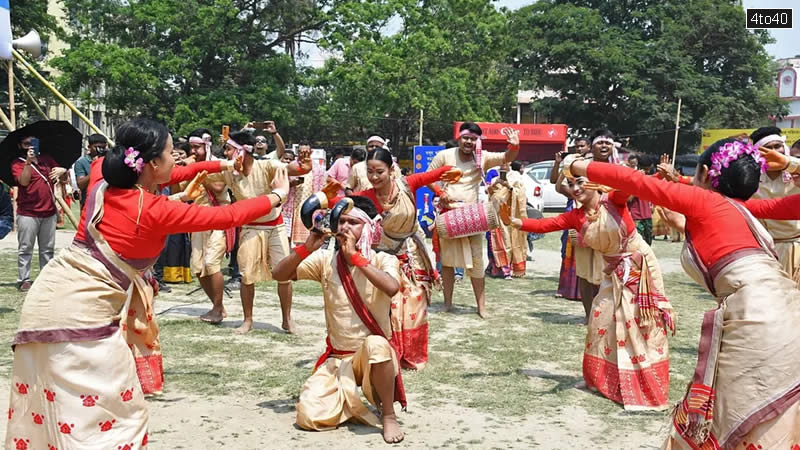
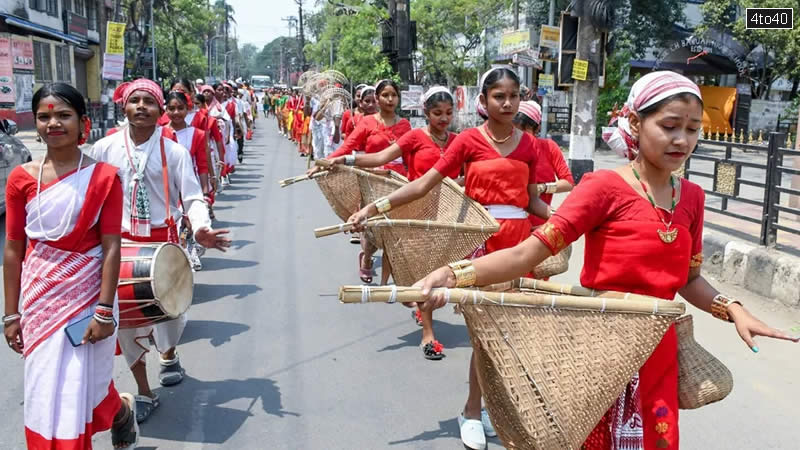
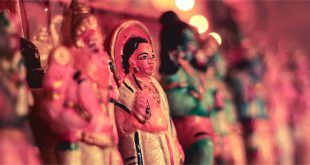
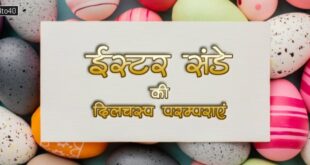


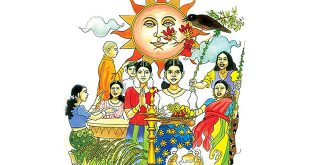
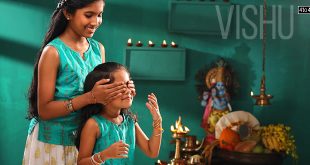
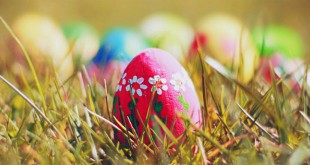
3 comments
Pingback: Baisakhi Greetings For Sikhs & Hindus - Kids Portal For Parents
Pingback: Baisakhi Legends: The Festival & Birth of Khalsa - Kids Portal For Parents
Pingback: सरहुल महोत्सव: झारखंड राज्य में आदिवासी समुदायों का वसंत त्योहार - Kids Portal For Parents